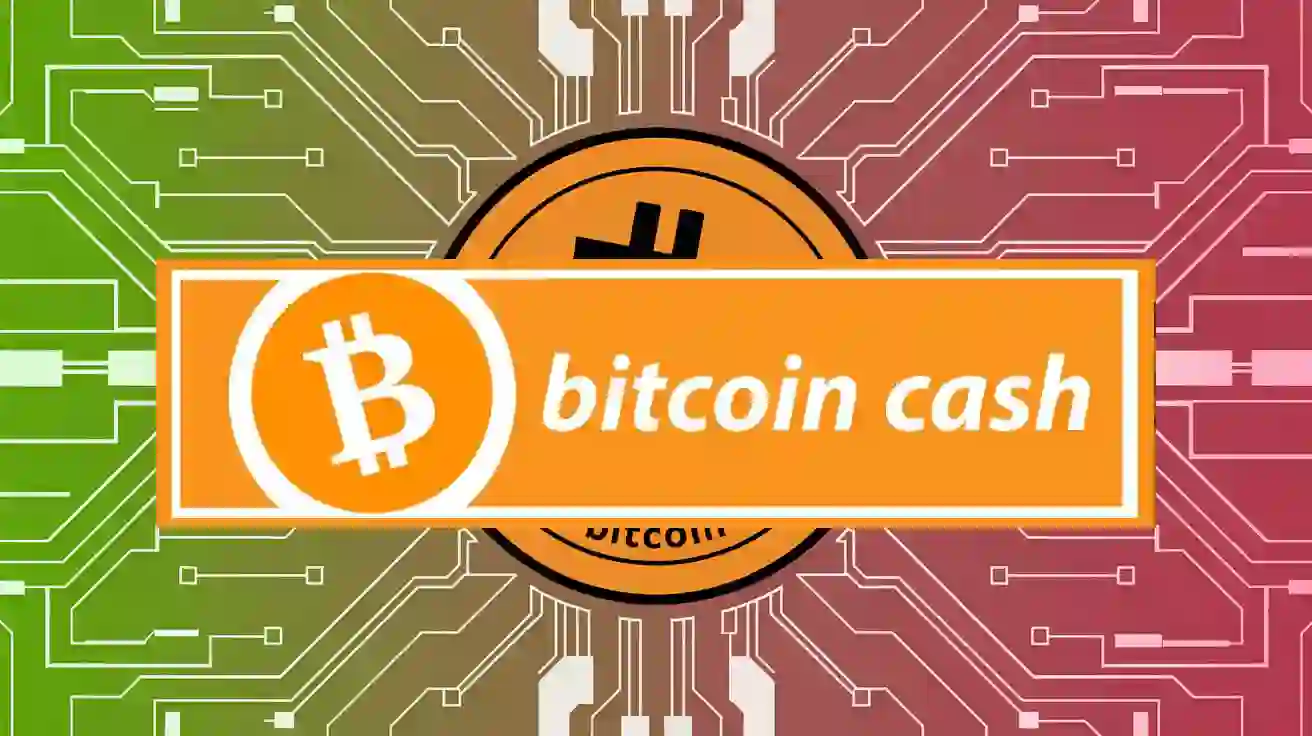Bitcoin Cash (BCH) emerged as a hard fork of Bitcoin in 2017, becoming one of the most significant cryptocurrencies to branch off from the original Bitcoin network. This split was driven by a need for greater scalability and efficiency, leading to key modifications such as a larger block size and quicker transaction speeds.
Why Was Bitcoin Cash Created?
Bitcoin operates as a decentralized digital currency, meaning no central authority controls it. While this offers security and freedom, differing opinions within the community on how to scale Bitcoin led to numerous forks—over 100 in total. Among these, Bitcoin Cash has gained the most prominence.
Key Features of Bitcoin Cash
Bitcoin Cash is structurally similar to Bitcoin but has several distinct characteristics:
- Increased Block Size: Unlike Bitcoin’s 1 MB block size, Bitcoin Cash initially launched with 8 MB blocks. In May 2018, this was expanded further to 32 MB, allowing more transactions to be processed per block.
- Lower Transaction Fees: Due to its ability to handle more transactions at once, Bitcoin Cash offers significantly lower transaction fees compared to Bitcoin, making it a more practical option for everyday transactions.
- Faster Processing Times: The larger block size also results in quicker confirmations, enhancing its utility for regular payments.
- Mining and Security: Like Bitcoin, Bitcoin Cash uses a proof-of-work system where miners validate transactions. However, as Bitcoin Cash has fewer miners compared to Bitcoin, it may be slightly less secure.
The History of Bitcoin Cash
The journey of Bitcoin Cash is marked by several significant milestones:
- June 2017: Developers and miners introduced Bitcoin ABC, advocating for increased block size to address Bitcoin’s scaling issues.
- July 2017: The proposal created a divide within the Bitcoin community.
- August 2017: Bitcoin underwent a hard fork, resulting in the creation of Bitcoin Cash as a separate cryptocurrency.
- March 2018: Payment processor BitPay began supporting Bitcoin Cash transactions.
- May 2018: Block size was expanded from 8 MB to 32 MB to further enhance scalability.
- November 2018: Another split resulted in Bitcoin Cash and Bitcoin SV (Satoshi’s Vision), each following different paths.
- November 2020: Bitcoin Cash experienced another division, giving rise to Bitcoin Cash Node (BCHN) and Bitcoin Cash ABC (BCHA), with BCHN becoming the dominant chain.
- June 2021: SmartBCH, a Bitcoin Cash sidechain, was launched to improve smart contract capabilities.
- May 2023: Integration of Cashtokens allowed for smaller transactions and enhanced network efficiency.
- June 2023: EDX, a digital asset exchange backed by major financial firms, announced it would list Bitcoin Cash, boosting its credibility in the financial sector.
Why Bitcoin Cash Stands Out
Bitcoin Cash retains many of Bitcoin’s original principles while providing solutions to some of its key challenges. Many supporters believe Bitcoin Cash better aligns with the initial vision of Bitcoin as a fast, low-cost, and widely accessible digital currency. While Bitcoin is often seen as a store of value, Bitcoin Cash focuses on usability for everyday transactions.
How Bitcoin Cash is Created
Bitcoin Cash is mined through a proof-of-work process, just like Bitcoin. Miners solve mathematical puzzles to validate transactions and secure the network. As a reward, they receive newly minted Bitcoin Cash, ensuring the network continues to operate smoothly.
How Bitcoin Cash Works
For users, Bitcoin Cash functions similarly to Bitcoin. To send and receive BCH, a digital wallet is required. The cryptocurrency can be used for a variety of transactions, from purchasing goods and services to transferring funds across borders. Its low fees and fast processing make it particularly appealing for practical, everyday use.
The Future of Bitcoin Cash
While Bitcoin remains the most recognized cryptocurrency, Bitcoin Cash continues to evolve, gaining traction as a scalable alternative. With ongoing technological advancements and increased adoption, Bitcoin Cash is poised to play a crucial role in the future of digital finance.



